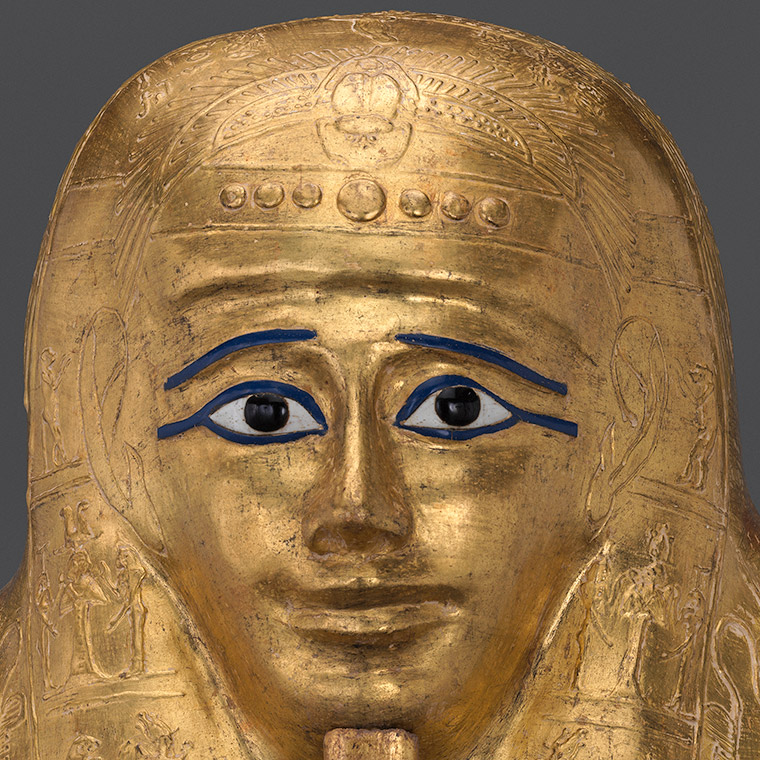
According to the Metropolitan museum of art – New York’s highly reputed and popular tourist site- has announced that it will be returning a prized gilded coffin of an ancient high priest to Egypt.
The MET issued a press released on February 15 where it announced that Nedjmankh’s funerary object, discovered to have been looted from Egypt in 2011, was to be handed over to the Egyptian government.
Having been made aware of the looted status of the coffin, the museum stated that it has been ”fully cooperative with the investigation of the [Manhanttan] District Attorney’s Office.”
The gilded coffin was purchased by the MET in July 2017; it cost almost $US 4 million.
Museum officials realized that documentation pertaining to the coffin’s ownership and history were forged, including a forged export license dating to 1971.
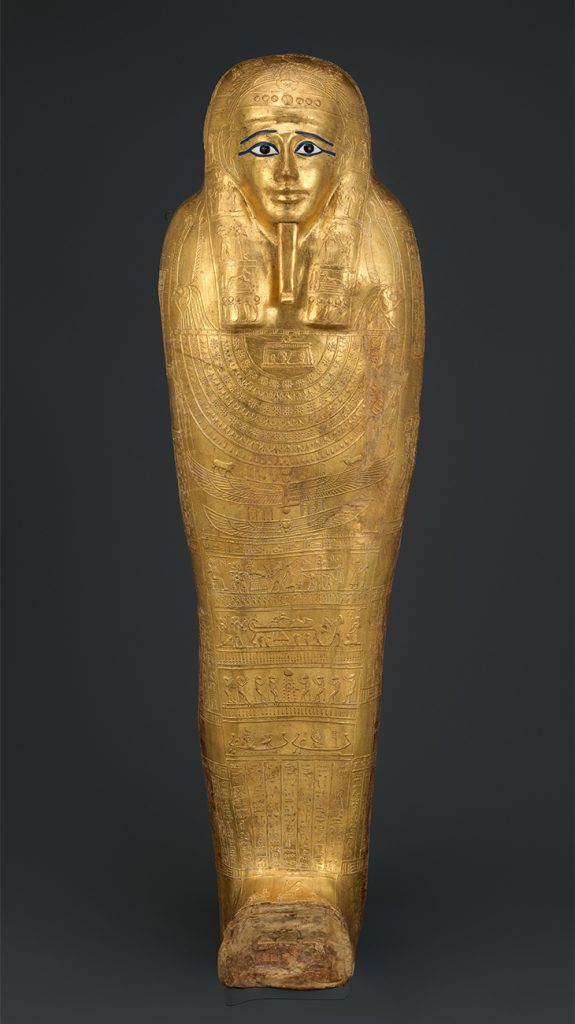
The coffin belongs to the Ptolemaic period.
“After we learned that the Museum was a victim of fraud and unwittingly participated in the illegal trade of antiquities, we worked with the DA’s office for its return to Egypt. The nation of Egypt has been a strong partner of the Museum’s for over a century,” stated Met’s President and CEO, Daniel Weiss.
“We extend our apologies to Dr. Khaled El-Enany, Minister of Antiquities, and the people of Egypt, and our appreciation to District Attorney Cy Vance, Jr.’s office for its investigation, and now commit ourselves to identifying how justice can be served, and how we can help to deter future offenses against cultural property,” added Weiss.
On his part, Manhattan District Attorney Cy Vance stated that museums and collection keepers had a responsibility in terms of scrutinizing the provenance of their acquisitions. In the MET’s press release, he also reiterated the coffin’s return to Egypt as well as the Antiquities Trafficking Unit’s focus on stopping the looting and trade of historic artifacts.
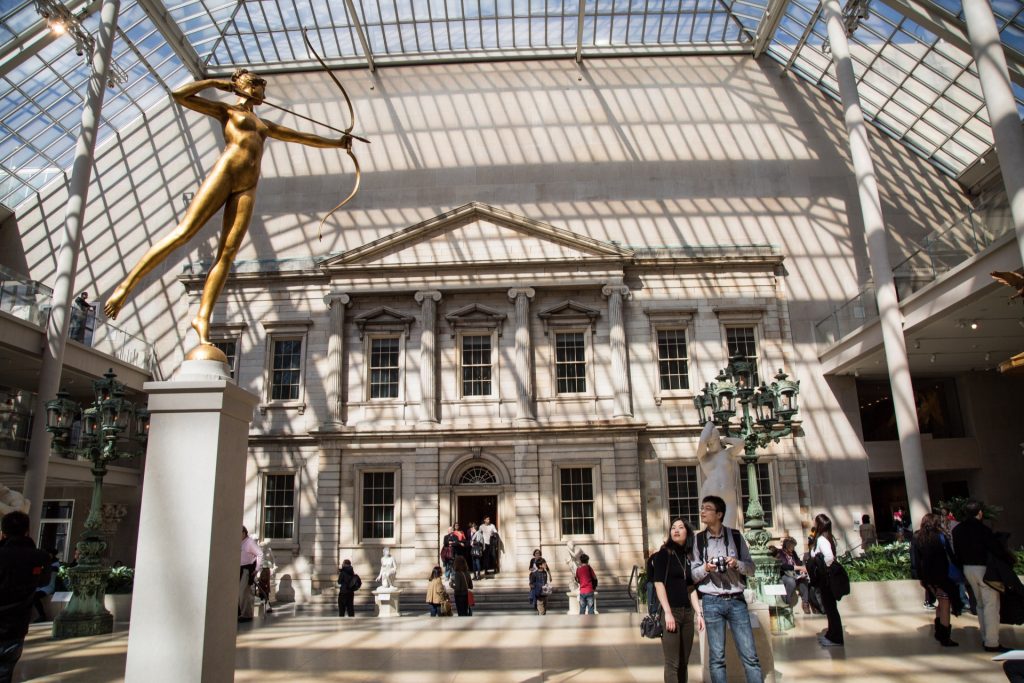
The emerging knowledge of the artifact’s theft, as well as the decision for its repatriation, resulted in the cancellation of an exhibition called ‘Nedjemankh and His Gilded Coffin’ which was meant to highlight the priest’s role in ancient Egypt. Out of the seventy objects that are displayed, the coffin was the exhibition’s centerpiece.
As such, this event has spurred the MET to revise its acquisitions program.
“Our museum must be a leader among our peers in the respect for cultural property and in the rigor and transparency of the policy and practices that we follow. We will learn from this event—specifically I will be leading a review of our acquisitions program—to understand what more can be done to prevent such events in the future,” said Max Hollein, Director of The Met.
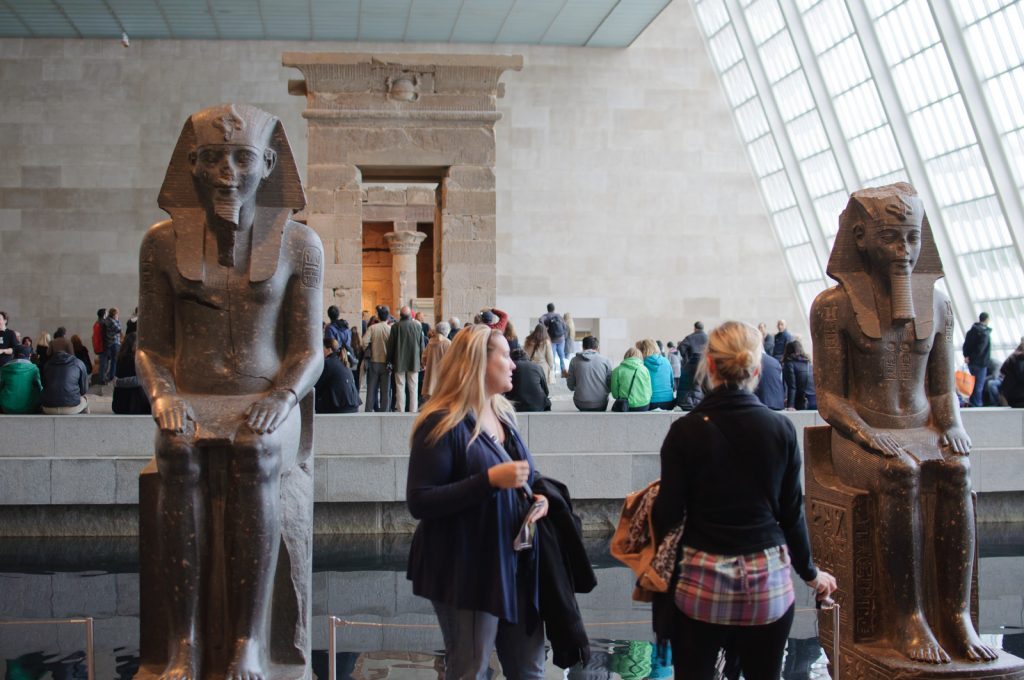
Egypt has been embroiled in a battle to return its most valuable artifacts from various institutions and private collections from around the world.
Many were stolen during the looting of Egyptian museum in the wake of the 2011 revolution events in Tahrir; other looted items had been illegally excavated and transported out of the country during the 20th century.
There are a few iconic and priceless artifacts which Egypt insists on repatriating: the Dendera zodiac (Louvre), the Nefertiti bust (Berlin), the statue of the vizier Hemiunu (Hildesheim) and the Rosetta stone (British museum).
The debate regarding the return of looted artifacts to their home countries has not just been popular in Egypt; it has recently resurfaced between previously-colonised countries and previous-colonizsers.
At the end of 2018, French president Macron issued a report in which he recommended that African art and artifacts held in French cultural institutions should be returned to their original countries in Africa.




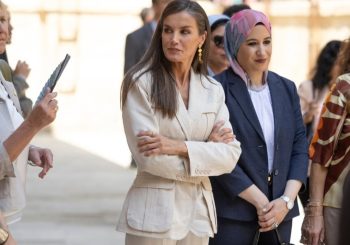

Comments (6)
[…] – New York’s highly reputed and popular tourist site- announced that the return of a prized gilded coffin of an ancient high priest to Egypt. It announced that Nedjmankh’s funerary object, discovered […]
[…] Source link […]